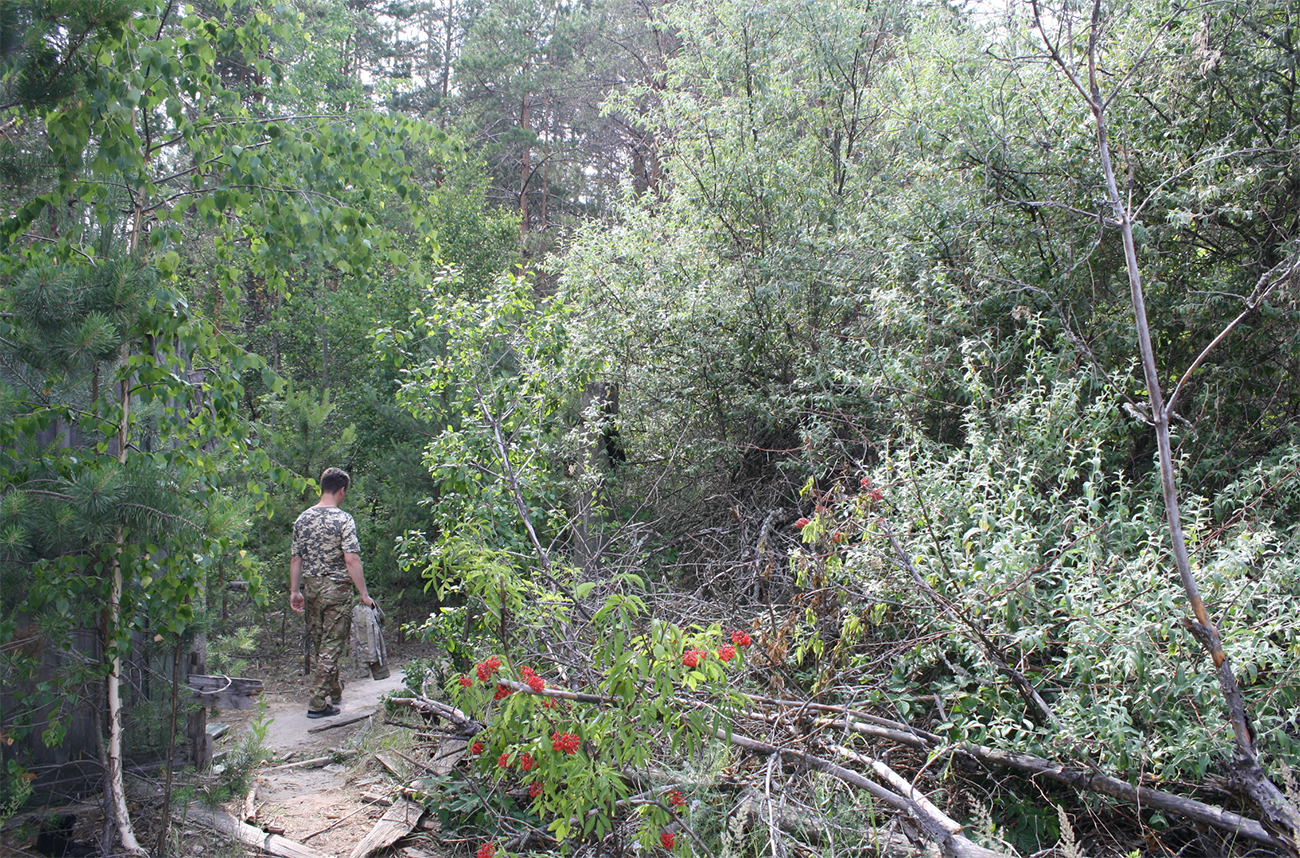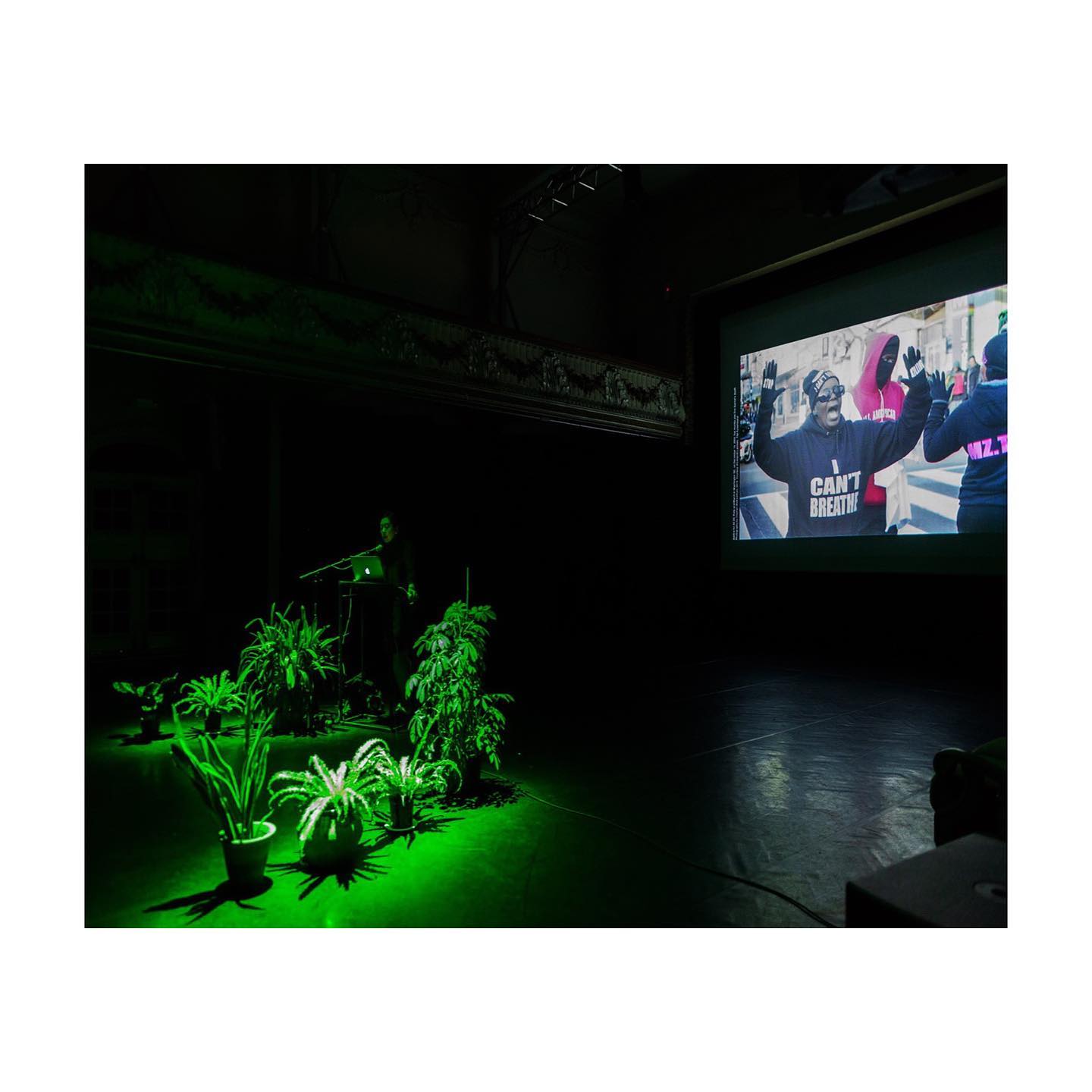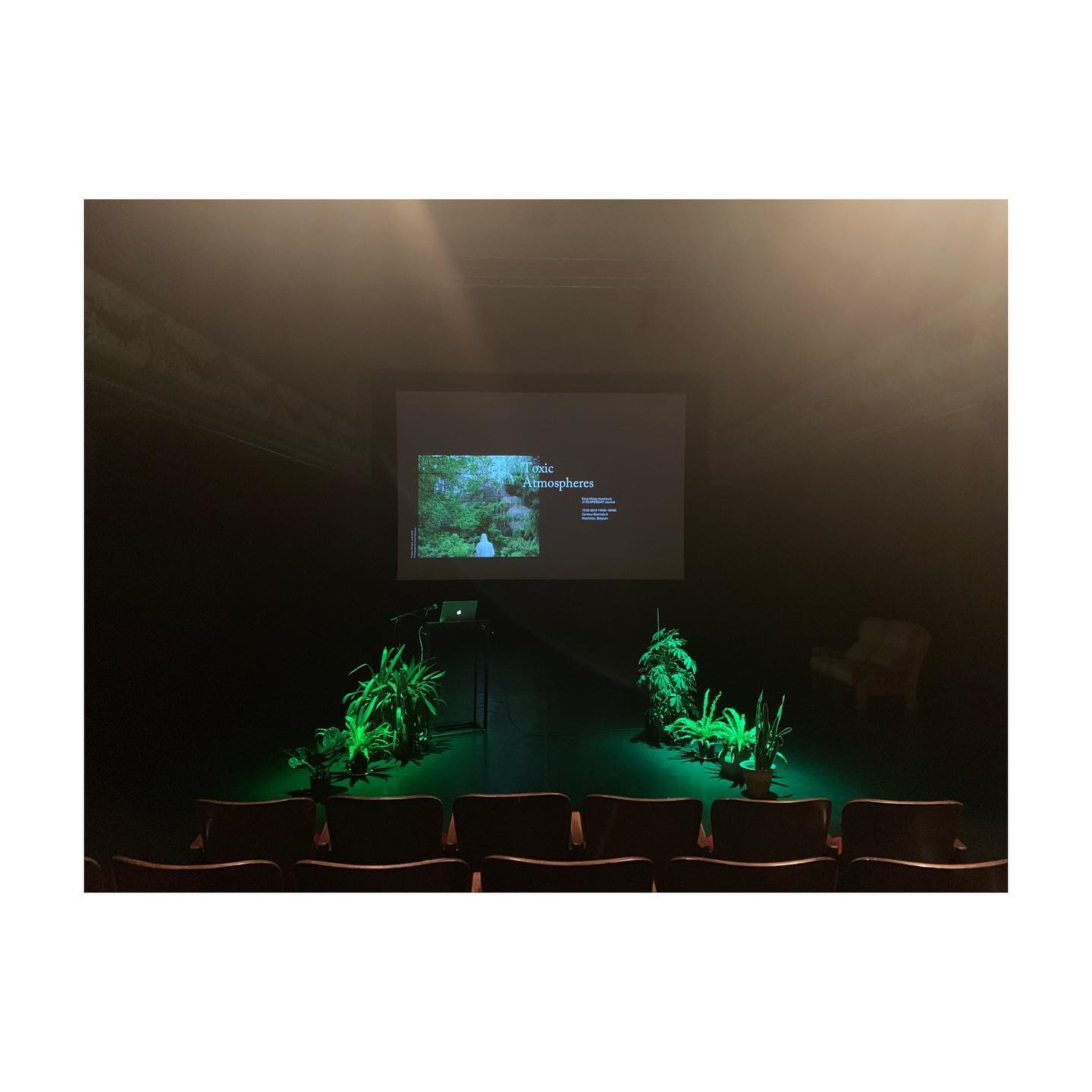
19.06.19 - Elise Hunchuck (MLA 2016) shares her research on Chernobyl's Human Exclusion Zone in two talks
After the Chernobyl nuclear disaster in 1986, a Human Exclusion Zone was established around the nuclear power plant, but, as Daniels Faculty alumna Elise Hunchuck (MLA 2016) writes, the zone "is far from empty, and it does not exclude humans." In fact, "It is a highly managed landscape, requiring some 3000 workers who continue to build, maintain and monitor containment and transportation infrastructures, decommissioned reactors, radio- active contamination, and research the ongoing effects upon flora and fauna."
Now based in Berlin, Hunchuck has been studying the Human Exclusion Zone as part of her research. She writes that "in recent years, the Zone has garnered an international reputation as a site of post-nuclear re-wilding and dark and toxic tourism."
The Master of Landscape Architecture graduate recently gave two talks on Chernobyl, first at the Contour Biennale in Belgium, and later at the NONUMENT symposium in Prague.
"If landscapes function both as archives and historiographical texts, then developing an understanding of Chernobyl’s distinct political ecology may help us, together, develop an understanding of landscapes and environmental design as ongoing projects in the immediate present, not limited to the aftermath of an emergency," she says.
Her presentations shared ongoing and in-process research that traces the movement of material between landscapes and the histories of Chernobyl’s infrastructures through all of their mediations: as circulating, sedimenting, leaking, crystallizing, sinking, diffusing, melting and even petrifying. Together, with the audience, she explored how toxic landscapes, like those of Chernobyl, continue to condition life and death and power relations within and outside of their boundaries.
For more information read about Hunchuck's visit to the Chernobyl Exlusion Zone via Ground magazine.





